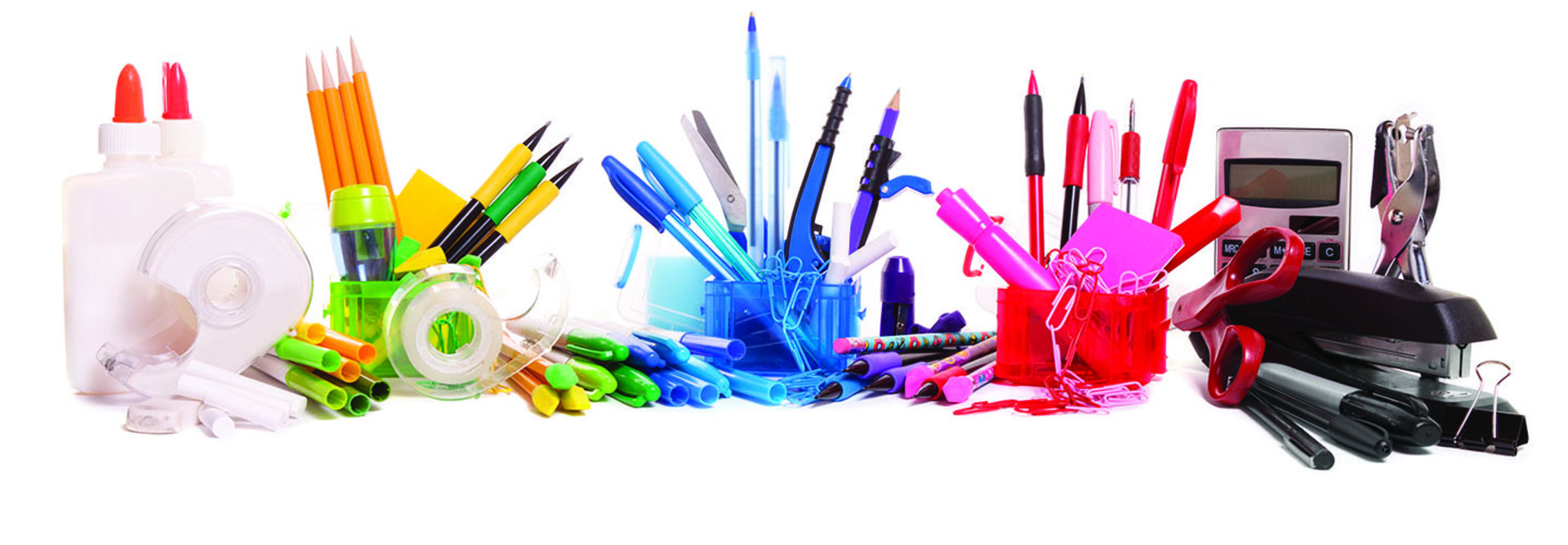How To Snag Back-to-School Shoppers with Data Analysis
For retailers, the back-to-school (BTS) shopping season is second only to Christmas in terms of sales. Data analytics solutions could draw the two seasons even closer.
In 2018, Americans spent more than $80 billion on back-to-school items for students in K–12 and higher education, according to the National Retail Federation. During the November-December 2018 holiday season, they spent more than $715 billion.
Summer, when stores begin setting up their BTS displays, represents an enormous opportunity for retailers to lure in new customers, boost sales with existing ones and set the stage for a booming winter holiday season.
According to a 2018 report from Deloitte, shoppers go into back-to-school mode undecided about where to spend 20 percent of their budgets. Retailers want more data about those people in order to make better decisions about whom to target, what products to stock and how to effectively staff stores.
With the use of data analytics, “the true ‘winners’ will be able to observe early BTS trends (June/July) and introduce new and updated products before the end of the BTS season (August/September),” write Andrew Billings and Nelson Ho in Apparel Magazine.
However, stores may lack the data analytics solutions to help them make those decisions. An IDC survey found that 77 percent of executives believe that a lack of timely access to data is inhibiting their businesses.
BTS Customers Start Shopping Early in the Summer
Apparel notes that the back-to-school season is the longest one on the retail books, beginning soon after most school years end in June and stretching well into September. The season touches around a quarter of U.S. households, including 54 million children.
“This presents an opportunity for retailers to focus their promotions from mid-July to mid-August, when $18 billion will likely be spent preparing for the school year,” according to the Deloitte report.
Department stores are the top destination for K–12 back-to-school shoppers, according to the NRF, with 57 percent shopping at these retailers. More than half also shop at online retailers, discount stores and clothing stores.
“Customers are mainly using their devices to access websites, look for prices, and collect coupons and discounts — instead of actually making purchases. This could signal that shoppers are looking for the next innovation in retail technology,” the Deloitte report reads.
For college shoppers, online retailers top the list, followed by department stores, discount stores and office supply stores. (Most shoppers visit more than one type of retailer.)
According to Deloitte, the back-to-school shopping season accounts for about half of all school-related spending each year. While 98 percent of back-to-school shoppers plan to purchase school supplies, clothing and accessories account for 55 percent of all back-to-school spending.
MORE FROM BIZTECH: Use these tips to boost your back-to-school business.
Algorithms, Social Media, Visualization Help Retailers Stock
Some companies are using algorithms to analyze information from their customers and determine better ways to target them. The Dorchester Collection Hotels, for example, analyzed social media information and online reviews to find out why people weren’t spending as much on weddings at their hotels, and found that anxiety was distracting wedding parties from planning and taking advantage of everything the hotels had to offer. Dorchester altered some of its services to ease that anxiety, reports Forbes magazine.
“Retailers could apply the same data analytics to identify the most challenging shopping periods, such as the holidays and back-to-school, and create specific services that ease the tension that sometimes overshadows the experience of these important events,” Forbes writes.
Retailers can also utilize “actionable data held by banks, payment processors and card networks,” writes Thomas Noyes, founder of Commerce Signals, a marketing measurement platform, in My Total Retail.
“By relying on real-time (or close to real-time) information about BTS purchasing trends, companies can adjust their sales strategies to beat the competition and win over last-minute buyers,” he writes.
Digital Tech Can Keep Stores Updated on Shoppers’ Needs
Sharing sales data with vendors may also help retailers keep current on stock. A white paper by Tableau points out that vendors could use visual data analysis to let retailers know what’s available in real time, and retailers could use it to verify orders based on past sales history, ensuring that they provide what customers are actually buying.
“For the last several years, the subject of big data influencing retail has become a very digital concern,” writes Sneha Shah, an author at data analytics company Aponia. “Within the past few years, Point-of-Sales software has evolved to use AngularJS, NodeJS and noSQL databases, technologies that can make updates to their databases regularly and ingest big data sets rapidly each day.”
“Digital technologies can do much of the guesswork for us, today,” she adds. “We just have to input the numbers.”










